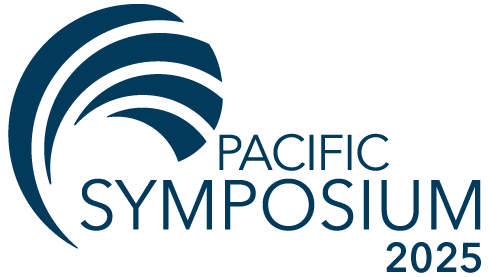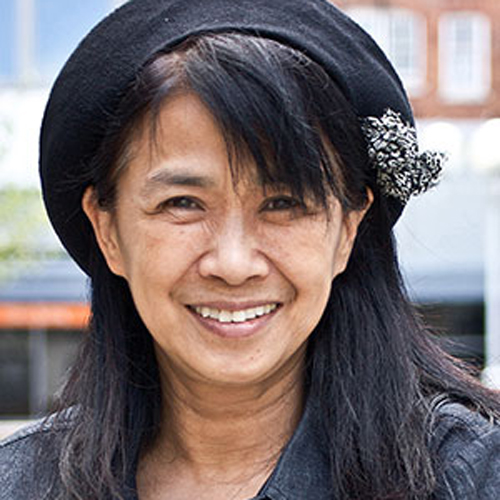This class will cover neurological conditions, including strategies for Parkinson’s disease and migraines, and the role of what the classics of Chinese medicine call “100 diseases caused by wind”. Kiiko Matsumoto has earned her international acclaim through the effective application of acupuncture that is now known as KMS, Kiiko Matsumoto Style. This course will focus on diagnosis and treatment of the many aspects of the vagus nerve and accessory nerve syndromes that compromise neurological health. Recent research has confirmed the influence of the vagus nerve on multi-faceted aspects of health, as it affects the parasympathetic branch of the autonomic nervous system. It determines, in part, mood, immune response, digestion, heart rate, and a myriad of common aspects of health and disease. The vagus nerve runs behind the sternocleidomastoid muscle (SCM), and tension in the SCM can correlate with vagus nerve disruption. Neurological conditions including Parkinson’s and migraines, which will be explored in this class, can be addressed, in part, by releasing tension in the SCM. Local and distal points are palpated and evaluated, before confirming their efficacy for treatment. Kiiko also draws from her research into the Chinese classics, and will include recently developed material on how to needle GV 16, as well as how to combine it with her Kiiko Matsumoto Style (KMS) techniques that test for immediate change. Kiiko will shed light on diagnostics, point selection and acupuncture treatment by demonstrating KMS style on individual live cases.

